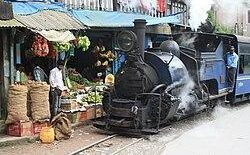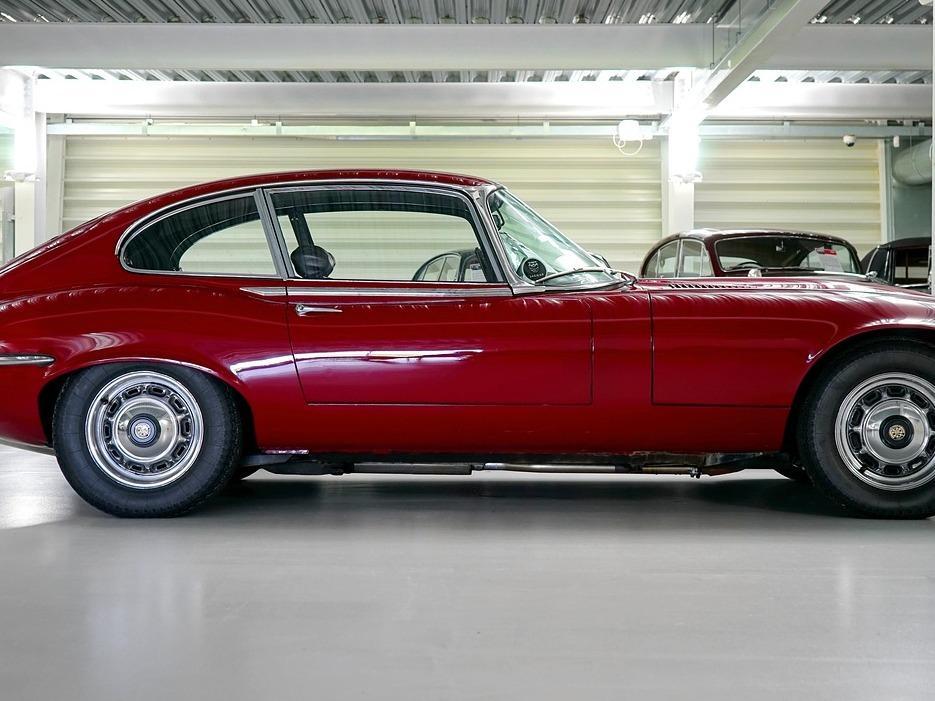#7 From the Princely States to Unified Network: Consolidation under the British (Indian Railways Series)
Featured Image Source: Pinterest In the 19th century, India was divided into hundreds of princely states and British provinces. Railway lines were built sporadically across these fragmented regions. In the 1800s, India’s princely states and British provinces had their own small railways. The British joined these fragmented lines to create one big national network across the country. This helped them control India better. But even after independence, this railway system remains the backbone of transportation for the whole nation. Let’s explore how they were consolidated into a unified pan-Indian network under the British Raj. The Origins Do you know that the first railways were built by private British companies focused on connecting major ports and cities? These served limited regional interests. Bombay was linked to Thana in 1853, Calcutta to Raniganj in 1854, and Madras to Arcot in 1856. But they remained disconnected stretches. You will be amazed to know that several princely states also built their railways, mainly for leisure! The Gaekwar of Baroda constructed a line between his capital and his summer retreat in Pratapnagar. The Turning Point Things changed when Lord Dalhousie became Governor-General in 1848. He envisioned an integrated railway system to consolidate India under British rule. The “Guarantee System” was introduced, where the British government shared capital costs with private companies building railways. This proved decisive in creating a pan-Indian network. You will be shocked to know that over 42 guaranteed and aided companies were set up between 1853 and 1925 covering the entire country. The Takeover By 1924, the rail network had come under central control. The colonial government took over the management of most rail companies. Unified standards for construction, equipment, and operations were introduced across the system. The fragmented network of princely state and provincial lines was consolidated into a single national grid. This facilitated the strengthening of British military and economic control over India. Troop movement and trade between regions were now seamless. The Enduring Legacy The British built railways to suit colonial interests. However, the national network outlived the Raj to become independent India’s transportation backbone. It is a bittersweet legacy. The fragmentation of the past was connected to the unified nation we know today. And that endures as the railway’s greatest contribution. The British built railways in India to strengthen their rule. But the trains became a force for unity. Separate regions were linked into one network that connected the diverse country. This lasting legacy of integration is the real magic of the rails. Long after the British left, the railways continued to bring India together. Source: ‘The History of Indian Railways’ by R.R. Bhandari ‘Imperial Technology and ‘Native’ Industry: Railways in Colonial India, 1850–1930’ by Ian J. Kerr ‘The Evolution of the Railway Network in the Republic of India’ by S.C. Ghosh ‘Princely States and the Railway: Some Insights’ by Kartik Bommakanti









